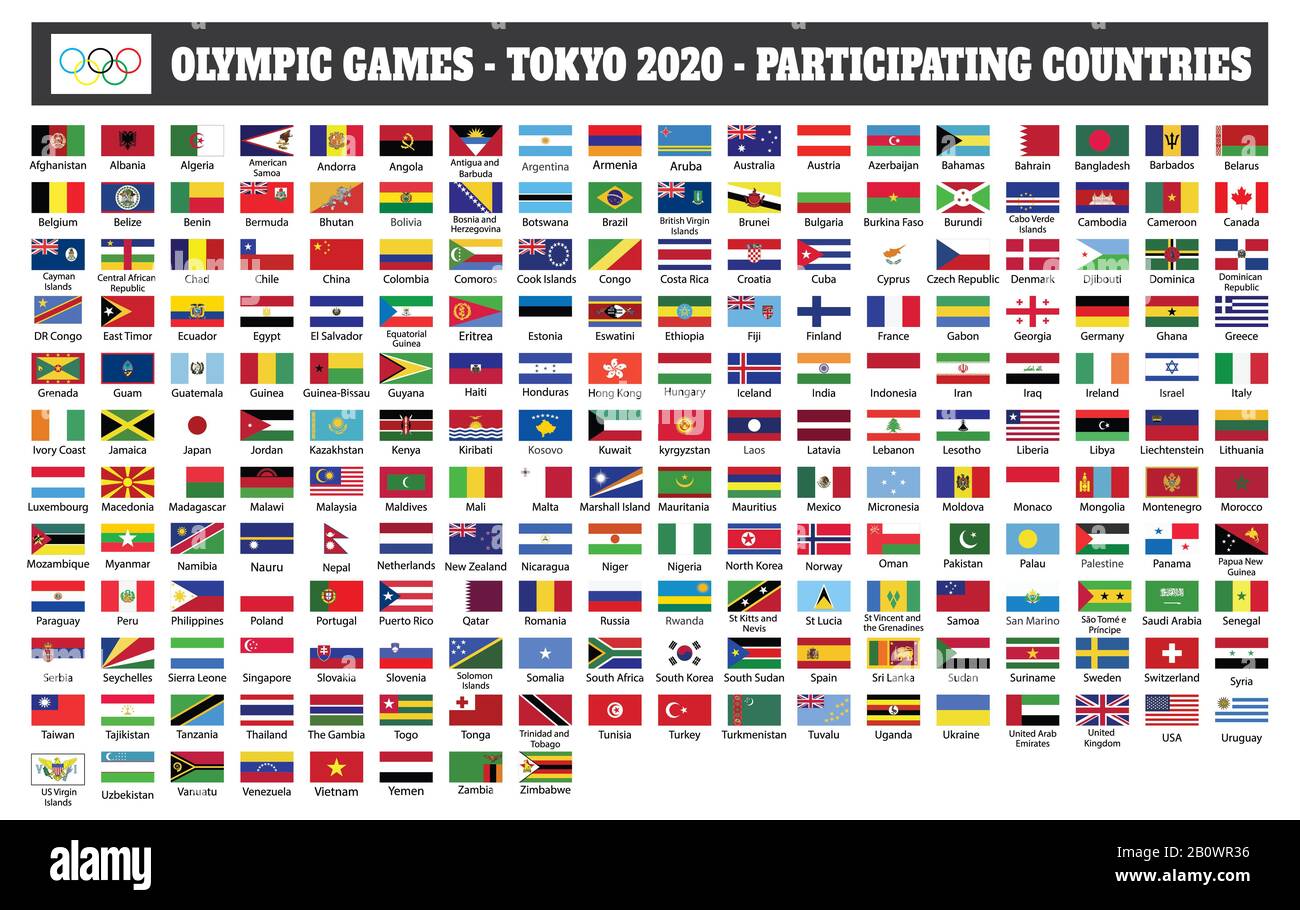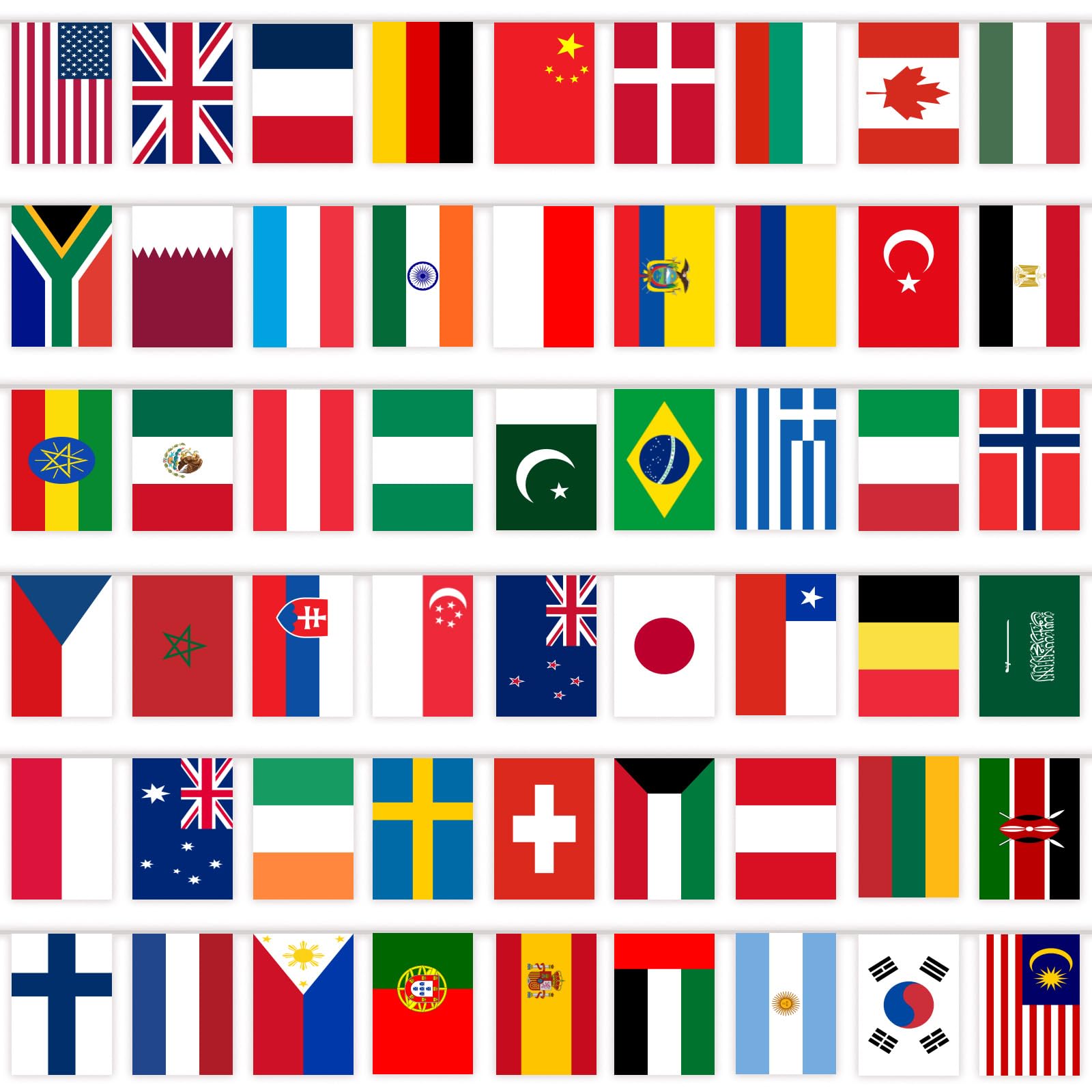Country Flags in the Olympics: A Symbol of Unity and Diversity
The Olympic Games are an extraordinary showcase of human athletic achievement, but they are also a vibrant parade of national identities. Among the many symbols at the Olympics, country flags stand out as they carry profound political, cultural, and historical connotations. They represent far more than just the athletes; they symbolize their stories, the heritage of their nations, and the collective dream of their people.

Country flags in the Olympics date back to the inception of the modern Games in 1896. The inclusion of national flags was a strategic move by Pierre de Coubertin, the founder of the modern Olympic Movement, to foster international camaraderie amidst a background of peace. Each flag carries with it a unique narrative. When athletes enter the stadium during the opening ceremony, bearing their country’s colors, it’s not just a parade; it’s a visual and emotional narrative unfolding before the world.
Each nation’s flag represents its unique journey. For some, the participation itself is a victory, overcoming economic challenges, political turmoil, or even natural disasters to reach the Olympic stage. Others carry the burden of expectation, with a sporting legacy that expects gold medals, like the tradition of USA and Russia. Here, the flag is a symbol of aspiration as much as it is of identity.
The flag ceremonies at the Olympics are meticulously orchestrated to honor the depth of this symbolism. The raising of the flag during the medal ceremonies is a moment of peak drama, where the physical act represents a national achievement felt by millions back home. This moment often triggers scenes of celebration, tears of pride, and sometimes, the sorrow of failure, reflecting the emotional investment tied to these symbols.
Historical context plays a significant role in how these flags are perceived and felt. For example, the symbolic reconciliation of former enemies, like the lights of Olympic Truce where countries enjoying the truce might march together, creates moments that transcend sports, sending powerful messages of unity and reconciliation. Also, newly independent nations proudly marching under their new flags in the Olympic Parade of Nations symbolize a beginning, carrying with them the hopes and dreams of their people.
Controversies over flags are not uncommon in the Olympics. From political disputes to issues over recognition under which flag an athlete should compete can stir intense debates. Countries like Kosovo, Palestine, or Taiwan have their unique challenges, with their flags often at the heart of international politics. These instances highlight the complexities of national identity and the geopolitical sensitivities that the Olympic platform can illuminate, sometimes uncomfortably.
The Olympic Charter addresses these complexities by promoting Olympism, a value that transcends nationality, aiming to unite in diversity:
"The goal of Olympism is to place sport at the service of the harmonious development of humankind, with a view to promoting a peaceful society concerned with the preservation of human dignity."
Yet, while the Olympics strive to promote unity, the flags tell a story of struggle, resilience, and the indomitable spirit of each nation. This combination of unity and diversity is what makes the Games an event of such profound global significance, far beyond the confines of sports achievement.

Celebrating these flags during the Olympics goes beyond the mere competition; it’s a celebration of global democracy, where every nation, regardless of its size or stature, has an equal place on the global stage. The Olympic flag itself, with its five interlocked rings on a white background, stands as an emblem of the spirit of inclusion.
As the Games continue to evolve, the history and meaning of national flags evolve alongside them, adapting to global changes. They remain steadfast symbols of a world striving for unity, understanding, and the commonality that sports can bring.



